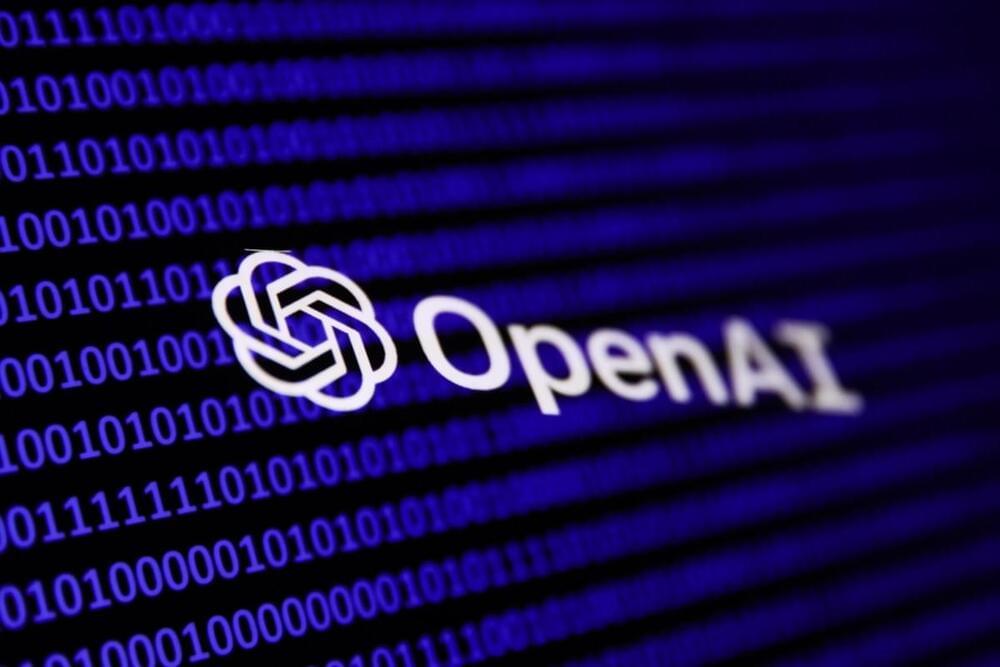HPE’s liquid-cooling technology may have played a role in the win, wrote Woo Jin Ho, an analyst at Bloomberg Intelligence.



Modern AI systems have fulfilled Turing’s vision of machines that learn and converse like humans, but challenges remain. A new paper highlights concerns about energy consumption and societal inequality while calling for more robust AI testing to ensure ethical and sustainable progress.
A perspective published on November 13 in Intelligent Computing, a Science Partner Journal, argues that modern artificial intelligence.
Artificial Intelligence (AI) is a branch of computer science focused on creating systems that can perform tasks typically requiring human intelligence. These tasks include understanding natural language, recognizing patterns, solving problems, and learning from experience. AI technologies use algorithms and massive amounts of data to train models that can make decisions, automate processes, and improve over time through machine learning. The applications of AI are diverse, impacting fields such as healthcare, finance, automotive, and entertainment, fundamentally changing the way we interact with technology.







Trying to spot contraband is a tricky business. Not only is identifying items like narcotics and counterfeit merchandise difficult, but the current most used technology—X-rays—only gives a 2D view, and often a muddy one at that.
“It’s not like X-raying a tooth, where you just have a tooth,” said Eric Miller, professor of electrical and computer engineering at Tufts. Instead, it’s like X-raying a tooth and getting the entire dental exam room.
But Miller and his research team have now found a possible solution that uses AI with deep learning to spot items that shouldn’t be there and is accurate 98% of the time. Their findings were published in Engineering Applications of Artificial Intelligence.

Multiterminal Josephson junctions, nanoscale devices with unique electronic properties, comprise non-superconducting metallic material coupled to three or more superconducting leads. These devices have proved to be promising platforms for the exploration of topological phenomena in condensed matter physics.
Researchers at Northwestern University and Aalto University recently proposed a new approach to studying the topological signatures of multiterminal Josephson junctions, which relies on the collection of resistance measurements.
Using their approach, outlined in a paper published in Physical Review Letters, they were able to observe these signatures, while also unveiling resistance patterns that are far richer than those predicted by physics theories.